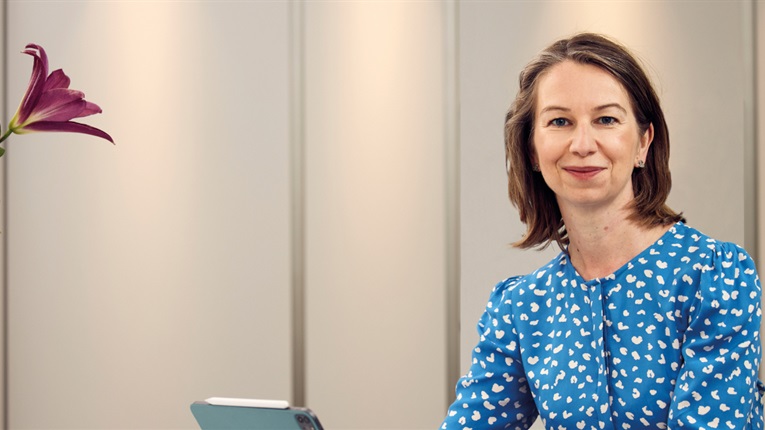In this blog, our Recruitment Partner, Gary Brignall, shares his tips for perfecting your CV when applying for a role at the PPF or elsewhere.
I’ve worked in recruitment for over 20 years and have been part of the PPF team since November 2018. During my career, I’ve reviewed thousands of CVs and applications, and one common mistake stands out: using the same CV for every role. While this might seem quick and convenient, it often fails to highlight the skills and experience we’re looking for. You may have exactly what we need, but if it’s not clearly presented, we might miss it.
When applying for a role, whether at the PPF via our current vacancies page or elsewhere, take the time to tailor your CV so it reflects the role and demonstrates your relevant experience.
If you’re considering applying for roles, changing careers, or exploring new opportunities, here are my top tips and do’s and don’ts to help you succeed:
Tailor your CV
Tailoring your CV is the single most important step in the CV-writing process. By adapting your CV for each role, you can highlight the experience that aligns with the job requirements.
Top tips for tailoring your CV:
- Read the job details thoroughly - If you can access the full job description and person specification, even better, they contain everything the hiring manager is looking for
- Showcase relevant experience - Use the job description to match your skills to the role, especially anything marked as essential
- Add depth, not assumptions - Don’t just state “project management experience”; detail what you managed: budgets, resources, timelines, planning, etc
- Use real examples - Bring your experience to life with specific achievements. Focus on what matters for the role; don’t spend time on MS Word if the job requires Excel expertise
Consider the structure
There’s no single “right” way to structure a CV, but make sure the most relevant information appears early to grab attention.
Top tips for structuring your CV:
- Prioritise essentials on page one - Graduates should highlight their degree; experienced professionals might include a key skills section
- Keep it concise - Aim for no more than four pages. If key details are buried, they may never be read
- Focus on relevance - Summarise roles that don’t relate to the job you’re applying for
- Show your impact - Highlight achievements and how you made a difference; these details can be the deciding factor for an interview
Use the right language
Avoid jargon or company-specific terms that might confuse readers. Use clear, widely understood language.
Top tips for CV language:
- Mirror the job description - The language used there is a guide to what recruiters are looking for
- Use active verbs - Words like created, analysed, and devised show initiative
- Avoid clichés - Phrases like “team player” or “hardworking” don’t add value; demonstrate these qualities with examples
Finally, always be honest. Never exaggerate your experience - embellishments can quickly unravel during interviews or once you start the role.
Some things to remember
Do's |
Don'ts |
| Keep your CV concise – aim for no more than four sides of A4. If it slightly spills onto a half page, that’s fine. | Don’t send the same CV for every application – tailor it to highlight the skills and experience most relevant to each role. |
| Proofread thoroughly – read your CV out loud or ask a friend to review it. Ensure it flows well and is clear and coherent. | Avoid bad humour, jargon, or overly fancy language – your CV represents you, so keep it clear, concise, and professional. |
| Manage your online presence – around 70% of employers check social media before hiring. Keep your profiles professional and up to date or set them to private. | Don’t use unprofessional email addresses or distracting design elements such as fancy fonts, borders, tables, or graphics - unless your role specifically calls for creativity (e.g. graphic design). |
| Highlight your achievements – showcase your key skills, strengths, education, and qualifications. Make it clear what you’ve accomplished and how. | Don’t leave unexplained employment gaps – include reasons for breaks such as maternity/paternity leave, travel, or volunteering. Answer questions before they arise. |
| Tailor your CV for each role – keep it current and send the correct version with details relevant to the position you’re applying for. | Never be negative about past experiences – focus on the positives and frame challenges as opportunities for growth. |
Now that you have the tools to craft a strong CV, it’s time to find the right role for you. Explore our current vacancies page to see the opportunities we have available.
Got an interview lined up? Check out our interview guide for tips to help you prepare and perform your best.
I hope you’ve found this guidance helpful, and I look forward to reviewing your CV when you apply.
Good luck – you’ve got this!



